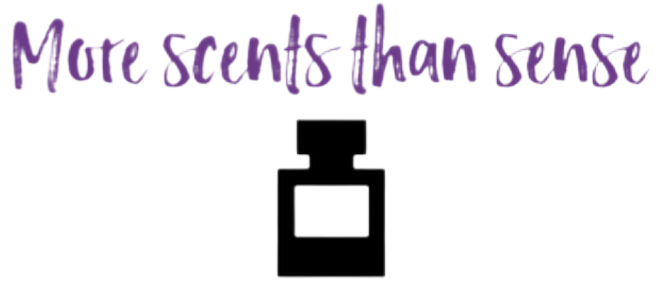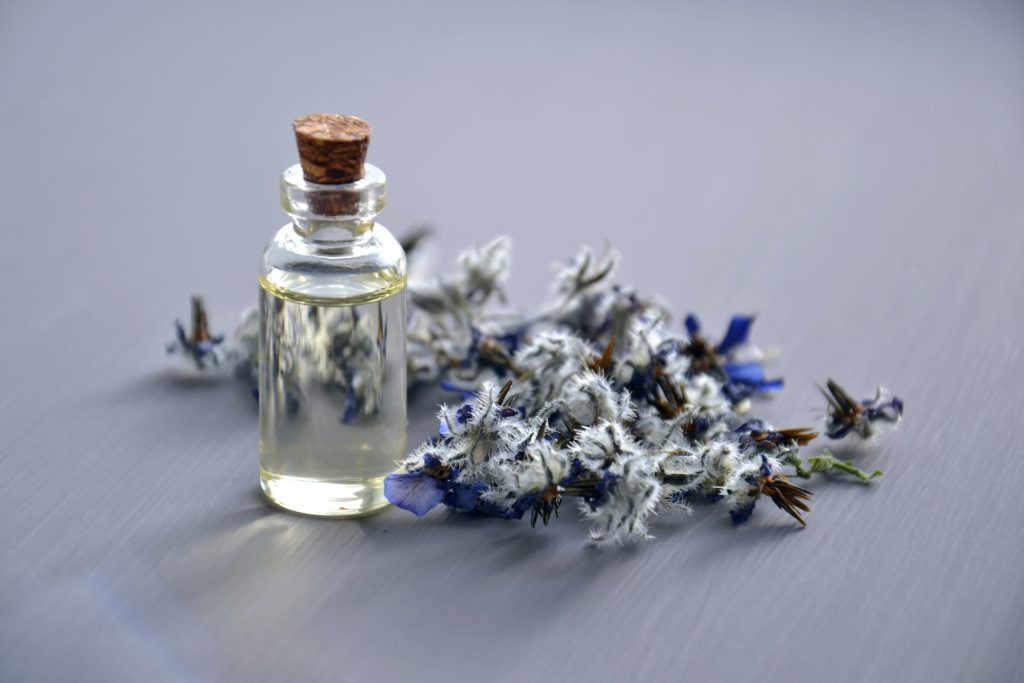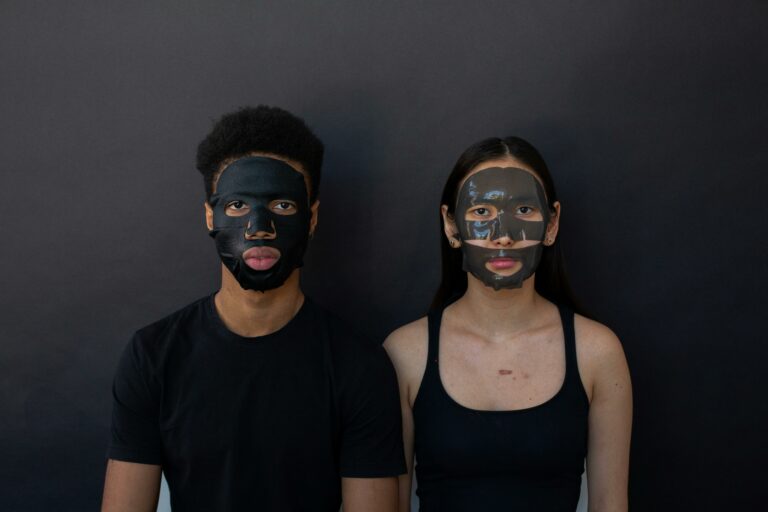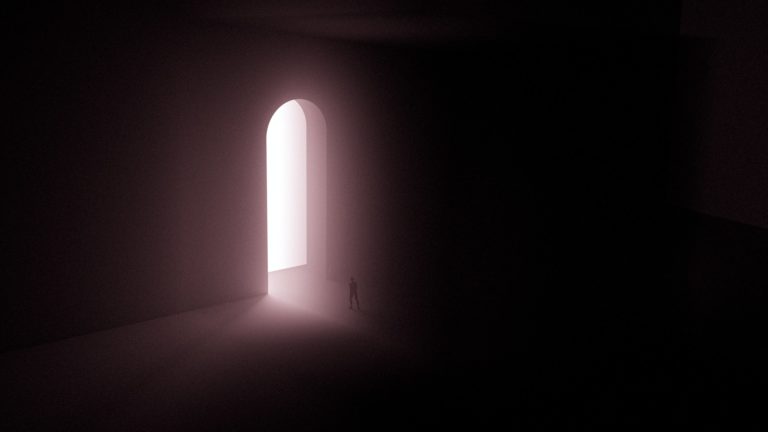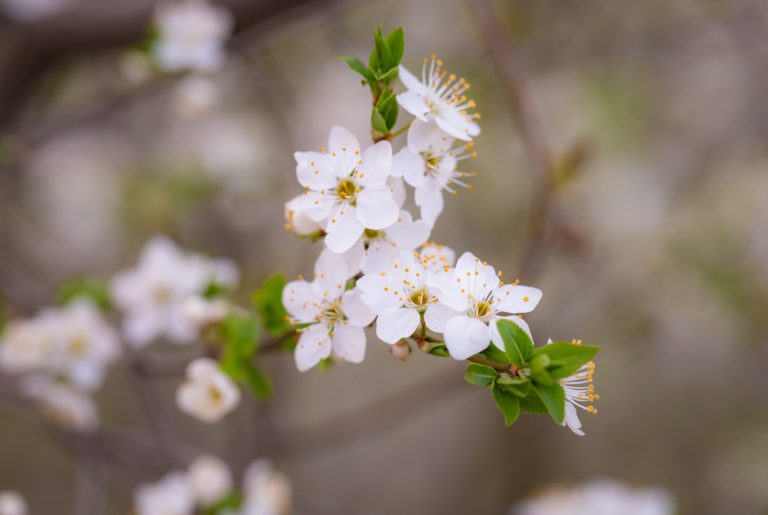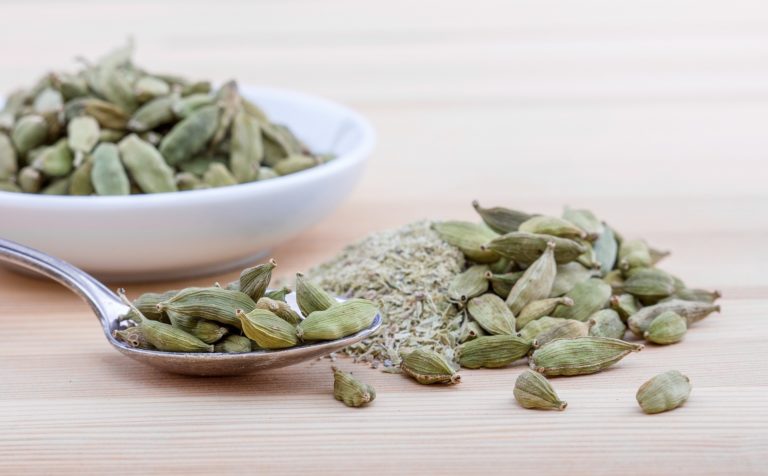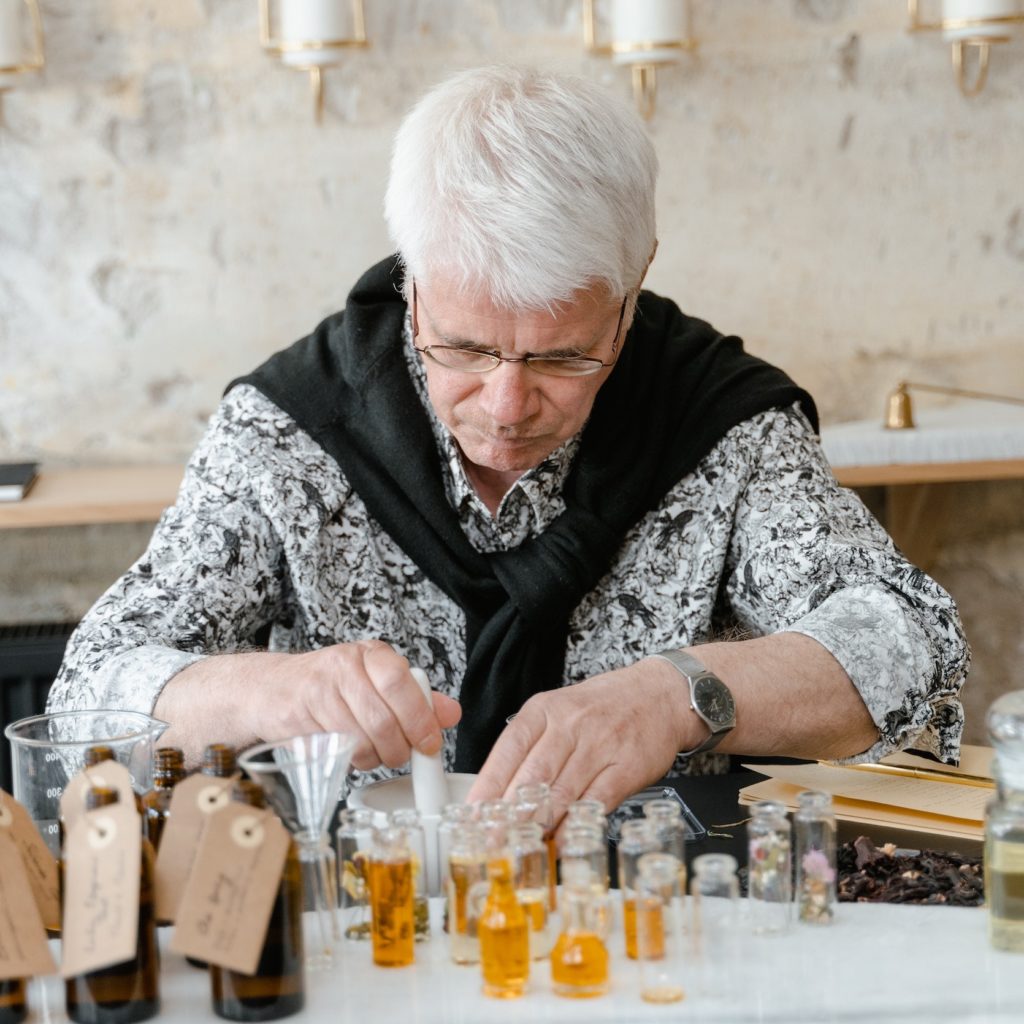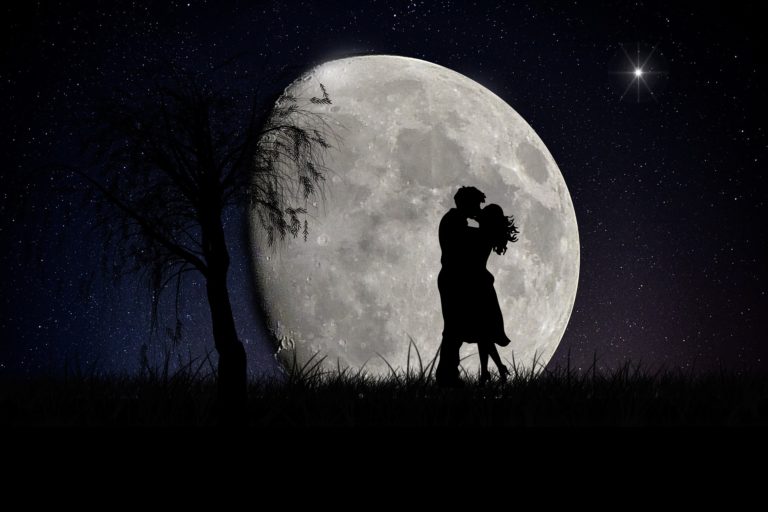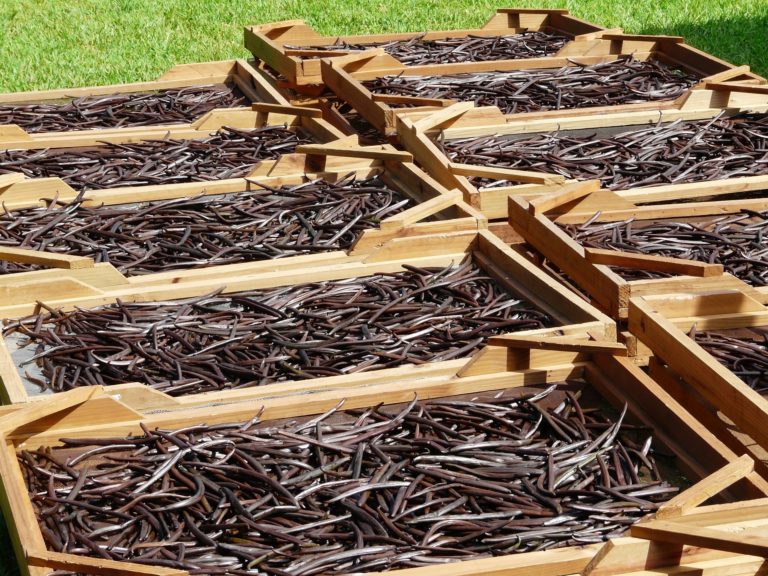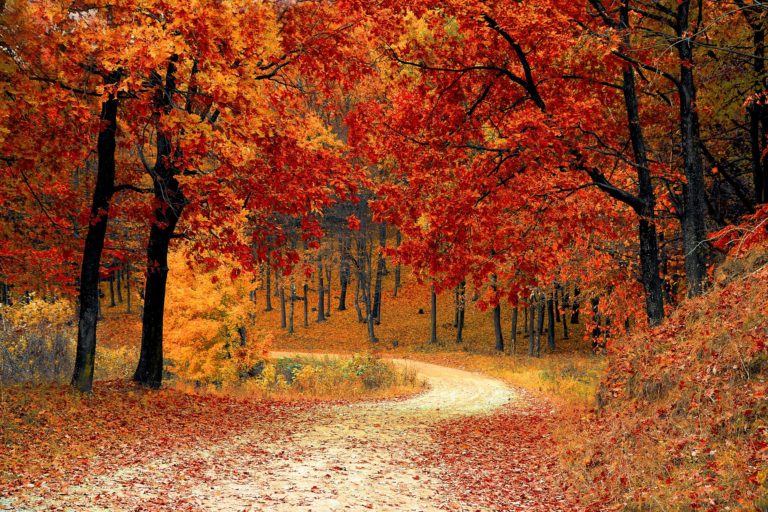If you’ve ever stopped into a perfume shop, you’ve probably seen a bunch of different concentrations, abbreviations, and fragrance types. What does that smattering of seemingly random letters mean?
Further, how do you choose the right fragrance concentration for you and your olfactory needs?
In this article, we’ll break down thoroughly the seven different kinds of fragrance concentrations so that you can shop for a scent with confidence. We want you to smell your best.
Overview
While the notes, or components, of a fragrance play an important role in its scent profile and overall vibe, the concentration of the perfume also plays a pivotal role in what sort of fragrance you’re getting.
Concentration affects pretty much everything in a fragrance: longevity, projection, price, and overall scent. It really is worth taking the time to fully understand the different concentrations and their implications.
Here are the 7 concentration categories we’ll be looking at:
- Eau de toilette (EDT)
- Eau de parfum (EDP)
- Eau de cologne (EDC)
- Parfum
- Extrait de parfum
- Eau de Senteur
- Eau fraiche
- Splash and aftershave
Let’s take a deep dive.
Eau de Toilette (EDT)
Eau de toilette is one of the most popular concentration types, and usually denotes between 5-15% fragrance oil concentration.
Eau de toilettes are probably the most widely sold concentration of perfume, and for good reason. They strike a good balance between longevity, projection, and cost.
While not as strong as some of the other concentrations, a premium eau de toilette will last 6-8 hours, and project moderately for at least half that time.
Eau de toilettes, because of their lower concentration, are very versatile. They can be worn in almost any season or setting (depending on the EDT of course), aiding in their overall use and popularity.
I’d recommend an EDT if you are looking for a general fragrance to wear around. Just be sure to research and get the right one, as, with eau de toilettes, there is a little less margin of error.
Eau de Parfum (EDP)
Eau de parfum is another very popular concentration type, and indicates a concentration between 15-25%.
The next step up from an eau de toilette, eau de parfums are generally thought to be stronger and heavier than EDTs, with greater longevity and projection.
It is also sometimes thought that EDPs smell more rich than EDTs as well.
While correct in theory, these assumptions haven’t always held true as the perfume industry has evolved and grown. A high-quality EDT often performs better than a lower-quality EDP, and cost doesn’t necessarily equal quality.
While bolder than an eau de toilette, eau de parfums are generally versatile as well, and can be worn in most settings and seasons.
Eau de Cologne (EDC)
Eau de colognes are a lighter, airier concentration generally between 2-4% and are great for skin-scents and hot sunny weather.
While more fleeting, eau de colognes are amazing and generally do not get the sort of attention they deserve. An eau de cologne is a great option if you don’t want to wear a loud fragrance, still want to smell good, and want something that hovers around you like a luscious second skin.
While eau de colognes are lovely when worn right, they aren’t very versatile. I wouldn’t recommend one in the colder months, or for any sort of night settings.
Parfum
A step up from an eau de parfum, a parfum will typically have a concentration hovering around 25-35%.
Parfums are very strong. They last long and smell amazing (depending on the one you get of course), with some seemingly eternal. They’re bold, and will turn heads.
However, such a strong concentration can sometimes appear harsh and cloying, and be too potent.
Parfums are much less versatile, and are best in the cold months. You should almost never wear a parfum on a hot summer day.
Extrait de Parfum
With a concentration between 35-45%, an extrait de parfum is the strongest perfume concentration on the market.
Being of the highest concentration, an extrait de parfum is the longest lasting and most powerfully projecting fragrance concentration on this list.
It’s also the easiest to over-do, and a little bit goes a very long way. Two or three drops is really all you need.
Extrait de parfums are generally very expensive, and produced using high quality, sometimes rare and precious, ingredients.
Eau de Senteur
Eau de senteurs are a fragrance concentration designed for babies and small children younger than 3 years old, and uses a delivery lacking in traditional alcohol.
Instead, a different solvent is used to blend the ingredients, leading to a sticky sort of application, and a wide range of concentrations.
The perfume is generally applied to clothing rather than the child’s skin, an interesting application method to note.
Crafted from natural ingredients, eau de senteurs are generally expensive and sought-after in the market.
Eau Fraiche
The lowest concentration on this list at between 1-3%, an eau fraiche is a fleeting fragrance with a few interesting applications.
An eau fraiche is alcohol free – essentially just a mix of water and a small concentration of fragrance oil, the eau fraiche is excellent for short bursts of fragrance, and you can apply different types and different scents throughout the day.
Because they are shorter-lasting, eau fraiches are often less expensive than other types of perfumes.
Splash and Aftershave Concentrations
Typically marketed towards men, splash and aftershave concentrations are a great way to freshen up quickly without smelling overbearing.
Splash application and aftershaves are a great affordable option for men because they usually contain lower concentrations, making them a great daily option.
Besides their economic advantages, the alcohol contained in an aftershave is great for tightening the pores and improving the overall appearance of the skin.
Choosing the Right Concentration for You
Understanding the different concentrations and their implications is a great start. After that, you have to assess your wants and needs, and go from there.
For most people, an eau de toilette or eau de parfum is going to be the best bet. Their balance of performance and versatility are fantastic. Just make sure you’re getting a good one.
If you only want one scent, a signature scent, I’d recommend an EDP. They sort of occupy that golden middle, that goldilocks zone.
If you really want a fragrance that stays with you for a seemingly eternal time, a parfum or extrait de parfum might be the way to go. They’re more expensive, but they often offer a more premium olfactory experience. If you’re a passionate fragrance head, it may be the way to go .
Lighter scents like an eau fraîche or eau de cologne are nice to have sometimes, but aren’t really essential parts of a fragrance wardrobe for most people. They are much less versatile, and have very specific application conditions.
However, everyone’s nose and body chemistry is different. The best way to determine which one you like most is to experiment and try them out.
